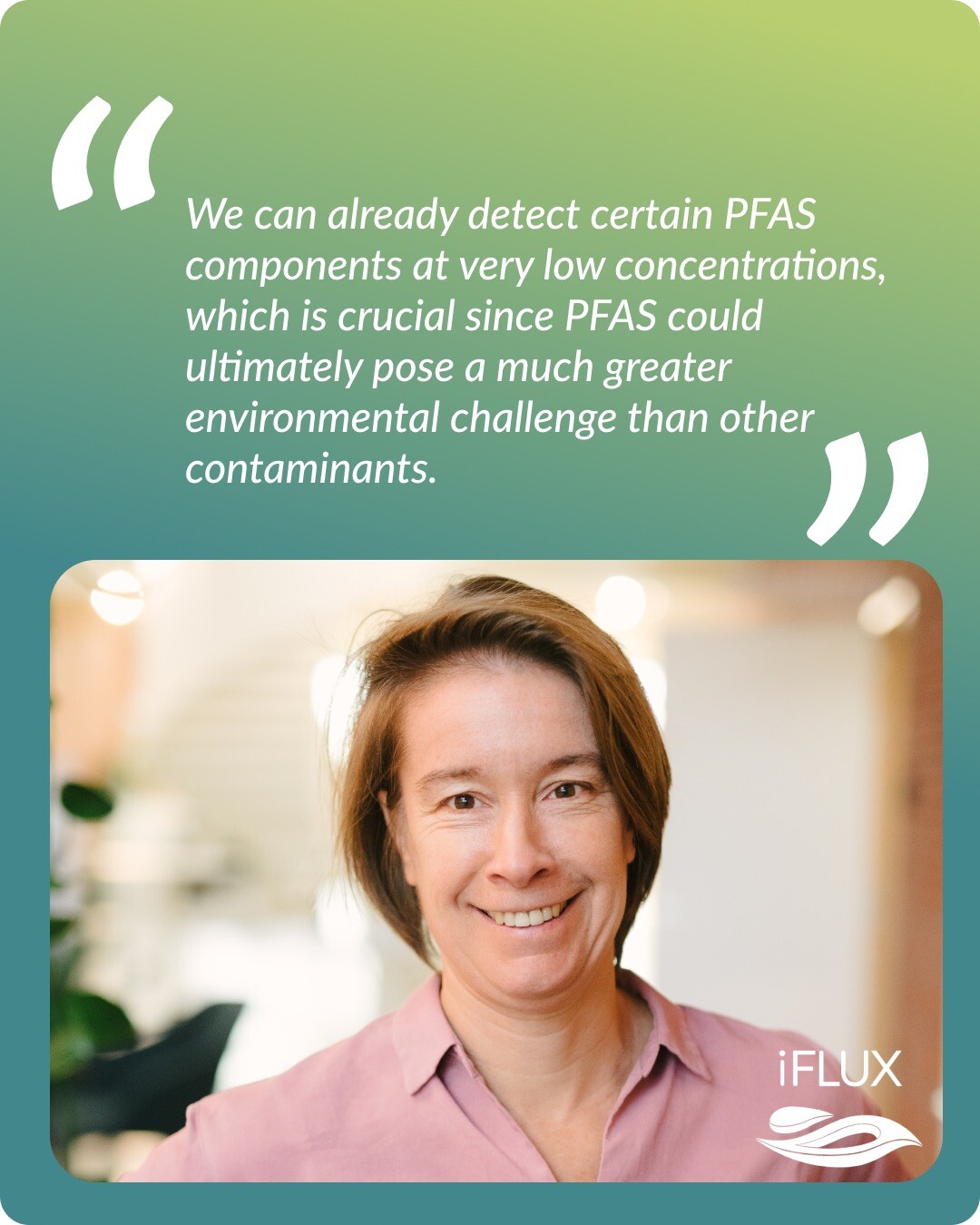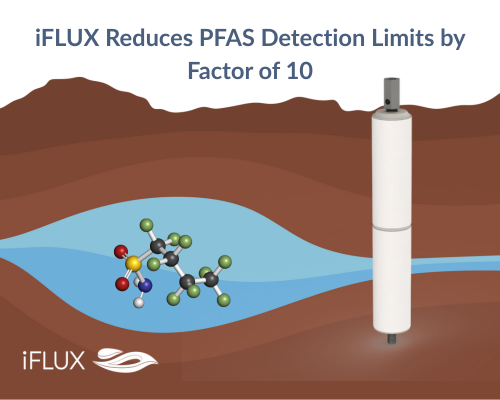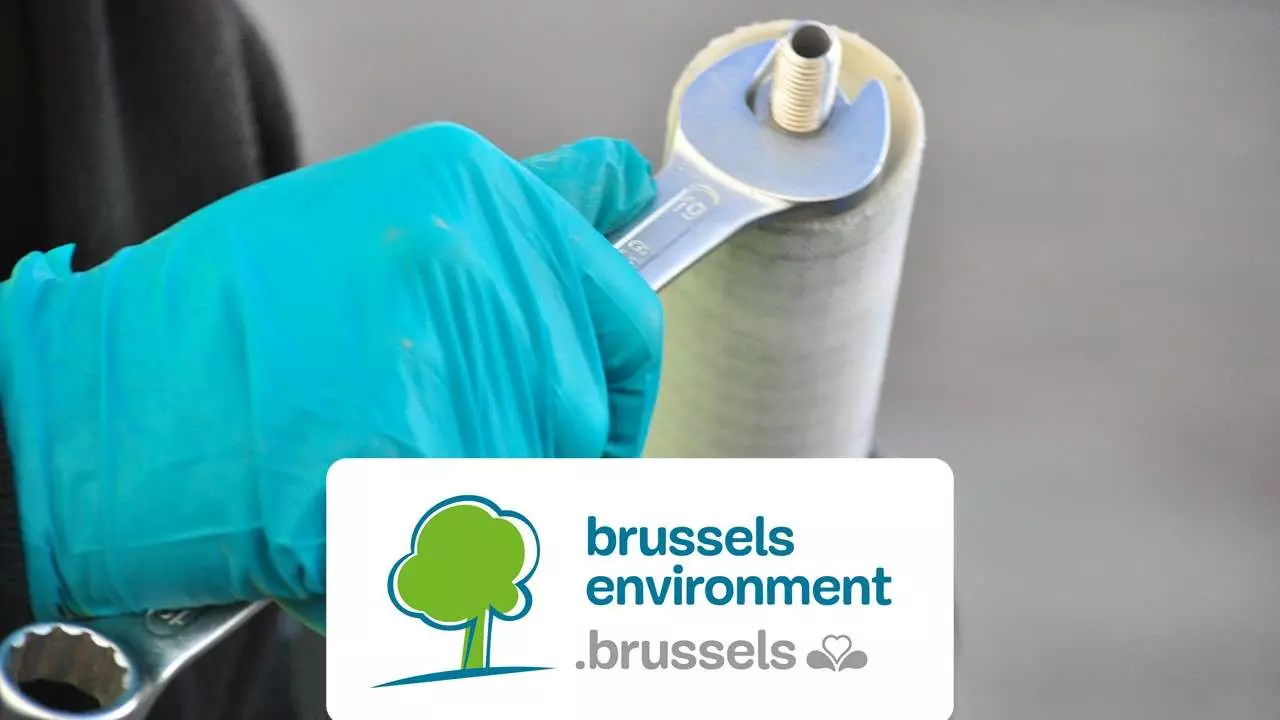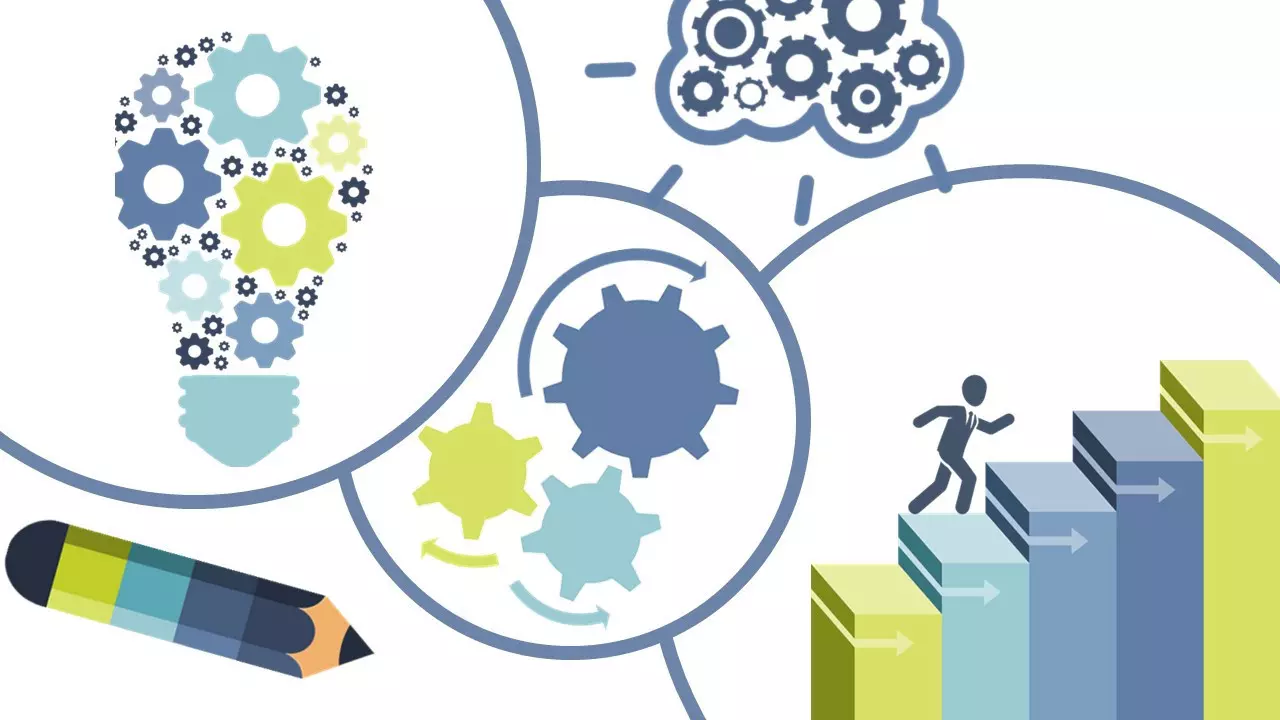iFLUX Reduces PFAS Detection Limits by Factor of 10
As an innovative company, iFLUX is constantly searching for the best solutions for its customers. As part of our passive flux measurements solutions...
3 min read
Ellen Bogaert : Mar 26, 2025 5:41:47 PM

PFAS has emerged as one of the most challenging environmental contaminants of our time, with its complexity only expected to grow in the coming years. Unlike mineral oil or other organic substances that accumulate at the surface, PFAS sinks into groundwater, making traditional measurement methods less effective.
The Rising PFAS Challenge
"When PFAS flows through groundwater towards a vulnerable area, we need to map the risks much more accurately," explains Marjan Joris, hydrogeologist and account manager at iFLUX. "If there's a risk of contamination reaching a nature reserve, residential area, drinking water source, or swimming pond, you want to stop that pollution plume as quickly as possible."
Since incorporating an extensive range of PFAS contaminants into our analytical package, we've witnessed a significant annual increase in requests for our technology.
"It is known that PFAS is heavier than water, causing it to sink. It is also known that it can move quickly at the boundary between water and air. Due to the different properties of PFAS, they have a complex distribution pattern. New techniques, including our iFLUX samplers, help to visualize this properly", adds Marjan.
Measurement Revolution
The traditional method for assessing groundwater contamination relies on concentration measurements. Based on these single point-in-time samples, remediation experts must estimate how contamination plumes spread. But this approach has limitations.
This is where the iFLUX Sampler offers a transformative solution. Rather than providing just a single snapshot, our technology measures PFAS mass flux over time, delivering insights into both concentration and contaminant transport dynamics.
The Leaking Dike Case
iFLUX has worked intensively with various remediation consultants and contaminated site managers over recent years, with PFAS projects steadily increasing. In one remarkable case, flux measurements revealed a leak in a dike designed to contain a contamination plume.
"On one side of the dike, where the pollution source was located, we observed a specific PFAS flux that was exactly matched on the other side," Marjan recalls. "This was highly unusual since the dike should have been blocking the contamination. Through our measurements, we discovered a potential leak in the dike through which the pollution plume was finding its way."
"Our results showed how the same PFAS flux measurements were observed on both sides of the dike. Thanks to the iFLUX Samplers, a potential leak was discovered in the dike that should normally prevent the contamination from spreading."
This case illustrates how contamination navigates around or through obstacles, seeking alternative pathways when direct routes are blocked—insights that would have been missed with traditional sampling methods.
Validated Capabilities
The iFLUX Sampler incorporates different types of cartridges: one measures groundwater flux, while six others measure mass flux for contaminants with different properties. To date, we've validated more than 150 components for the mass flux cartridge, with the list continually expanding. "Customers can always request additional components for validation," notes Marjan. "We can already detect certain PFAS components at very low concentrations, which is crucial since PFAS could ultimately pose a much greater environmental challenge than other contaminants."

Working Together in PFAS Containment Research
Recent international research (source: Forever Pollution Project) suggests there simply isn't enough available capital in the world to remove all PFAS from the environment. For Belgium alone, the total cost of PFAS remediation could range from €2.5 billion in the most conservative scenario to €40 billion.
.jpeg?width=391&height=489&name=Linkedin%20posts%2050%20(1).jpeg)
iFLUX is actively participating in multiple pioneering projects to investigate how PFAS can be effectively isolated and contained. This exciting research journey involves collaboration with academic institutions, environmental agencies, and industry partners across various innovative initiatives.
"While it's impossible to remove PFAS everywhere through remediation," Marjan explains, "we can develop various solutions to isolate and encapsulate PFAS contamination, preventing further spread."
The InsuFix project is just one example of our collaborative research efforts. In this project, we're examining how organo-clay interacts with PFAS particles and assessing its capacity to contain PFAS dispersion effectively. However, this represents only one facet of our broader commitment to developing practical PFAS solutions.
In the LIFE CAPTURE project, we serve as one of the key partners. This initiative focuses on investigating the characteristics and behavior of PFAS contaminants to develop innovative remediation solutions for PFAS-contaminated soil and groundwater. The overarching objective is to establish sustainable management methods for addressing PFAS contamination in environmental systems. The project brings together eight European partners who collaborate closely to ensure its successful implementation and meaningful outcomes.
We're also involved in several other groundbreaking research initiatives exploring alternative containment technologies, including nature-based solutions like Hemp4PFAS, permeable reactive barriers, specialized filtration systems, and novel adsorbent materials specifically designed for PFAS.
Marjan: “This multifaceted approach to PFAS research reflects our recognition that effective solutions will require diverse strategies tailored to different geological conditions, contamination profiles, and risk scenarios. The journey toward solving the PFAS challenge is complex but fascinating, and iFLUX is proud to be at the forefront of this critical environmental work.”
By shifting from conventional grab sampling to comprehensive flux monitoring with the iFLUX Sampler, environmental professionals can make more informed decisions, improve site characterization, and develop targeted remediation strategies for this persistent class of contaminants.
We invite you to join us on this journey of discovery and innovation as we work together to address one of the most pressing environmental challenges of our time.

As an innovative company, iFLUX is constantly searching for the best solutions for its customers. As part of our passive flux measurements solutions...

Posted on Tuesday 14 July 2020 In 2018, The Brussels Environment organization commissioned the publication of a number of best practices of...

Posted on Tuesday 2 March 2021 A lot has changed since the start of iFLUX and its more than 80 different projects. We have learned a...